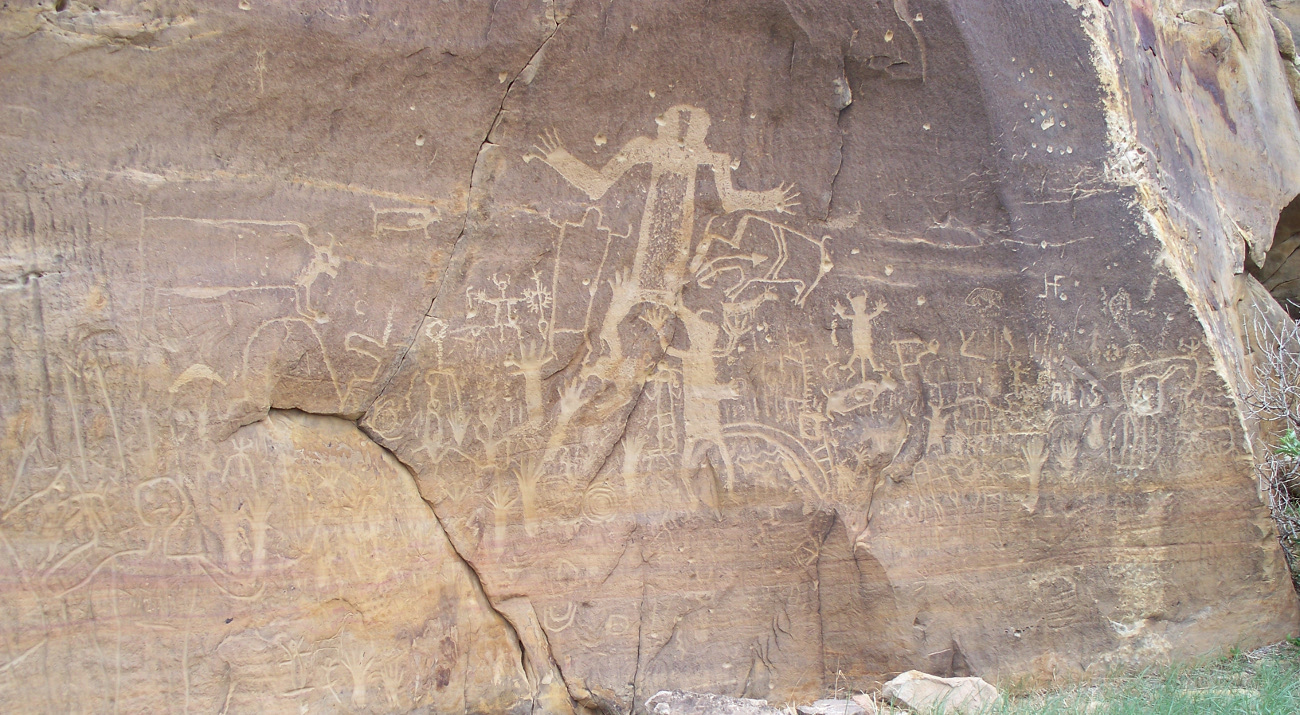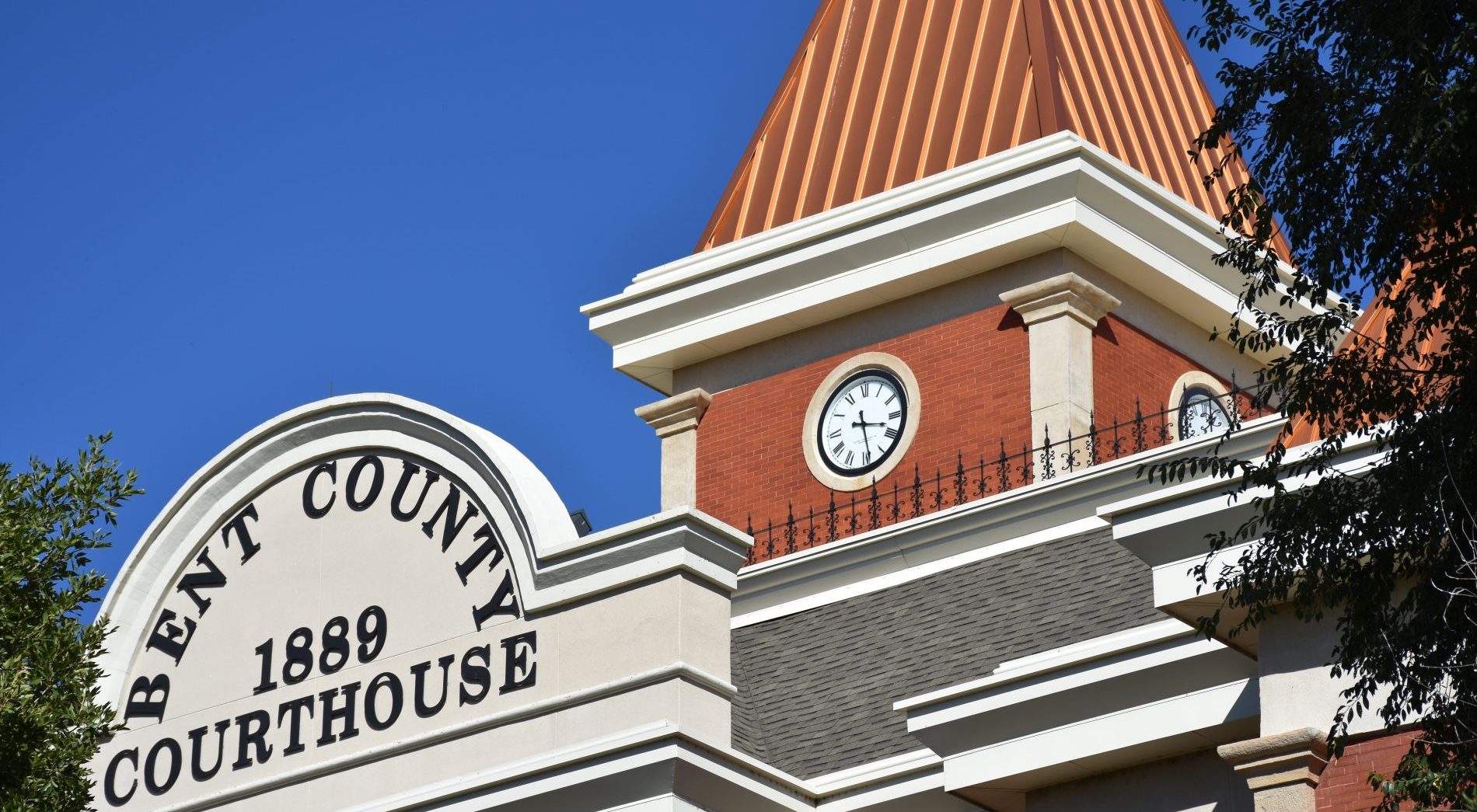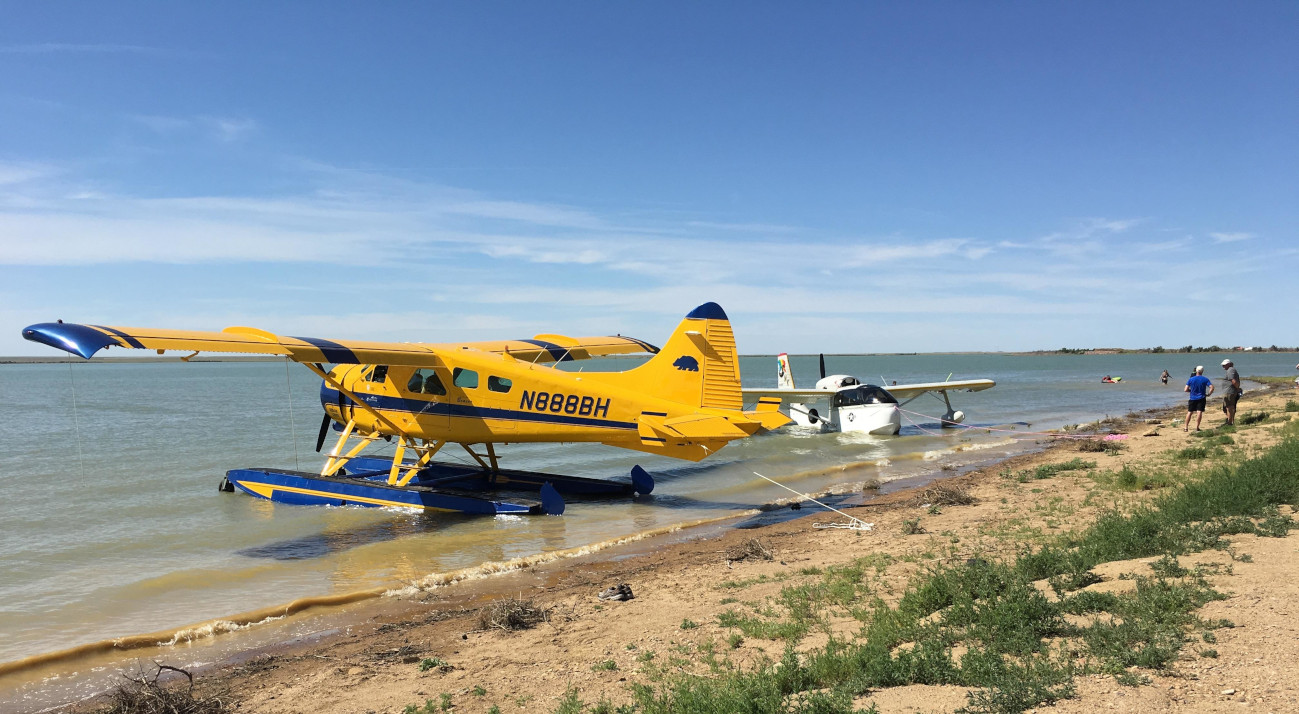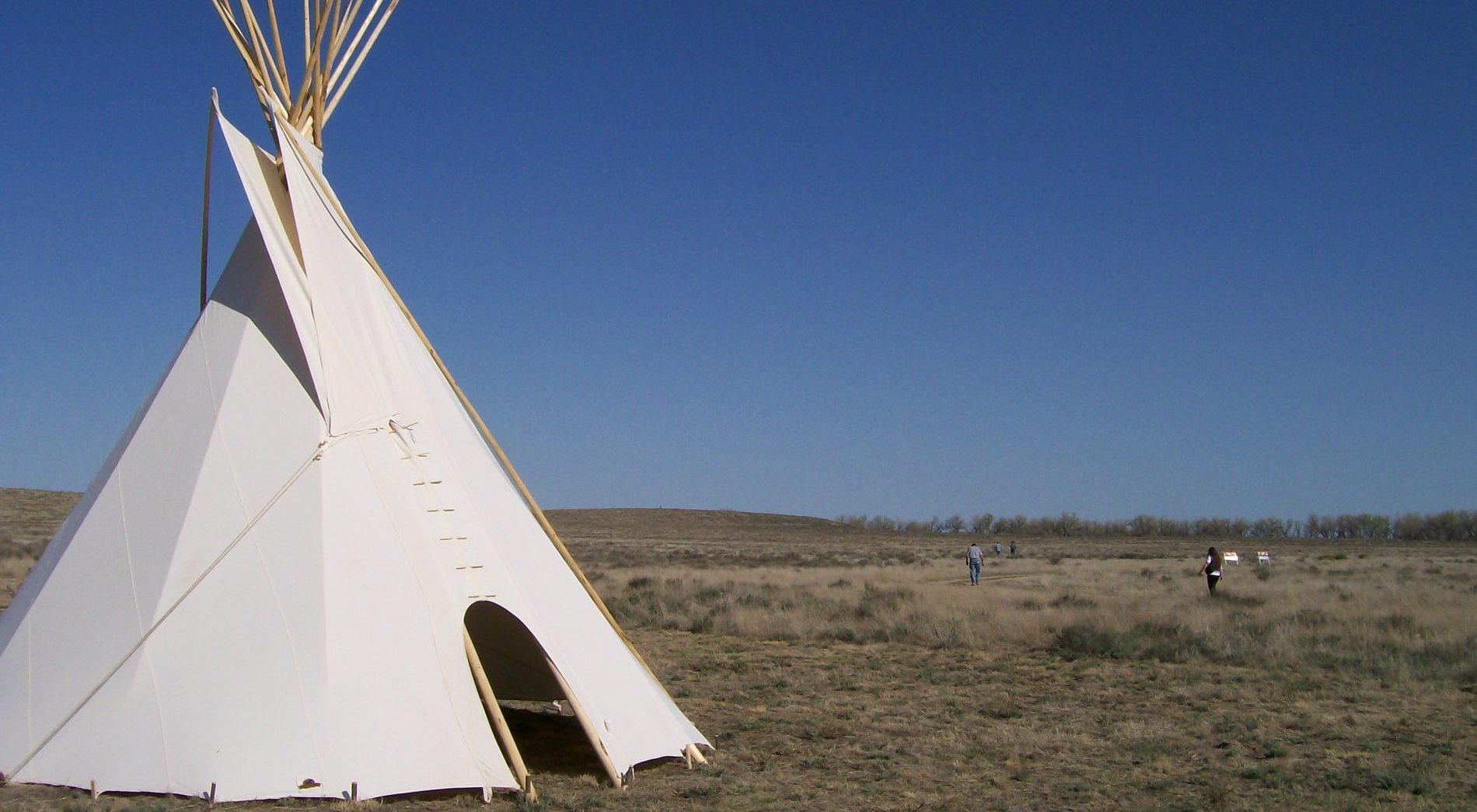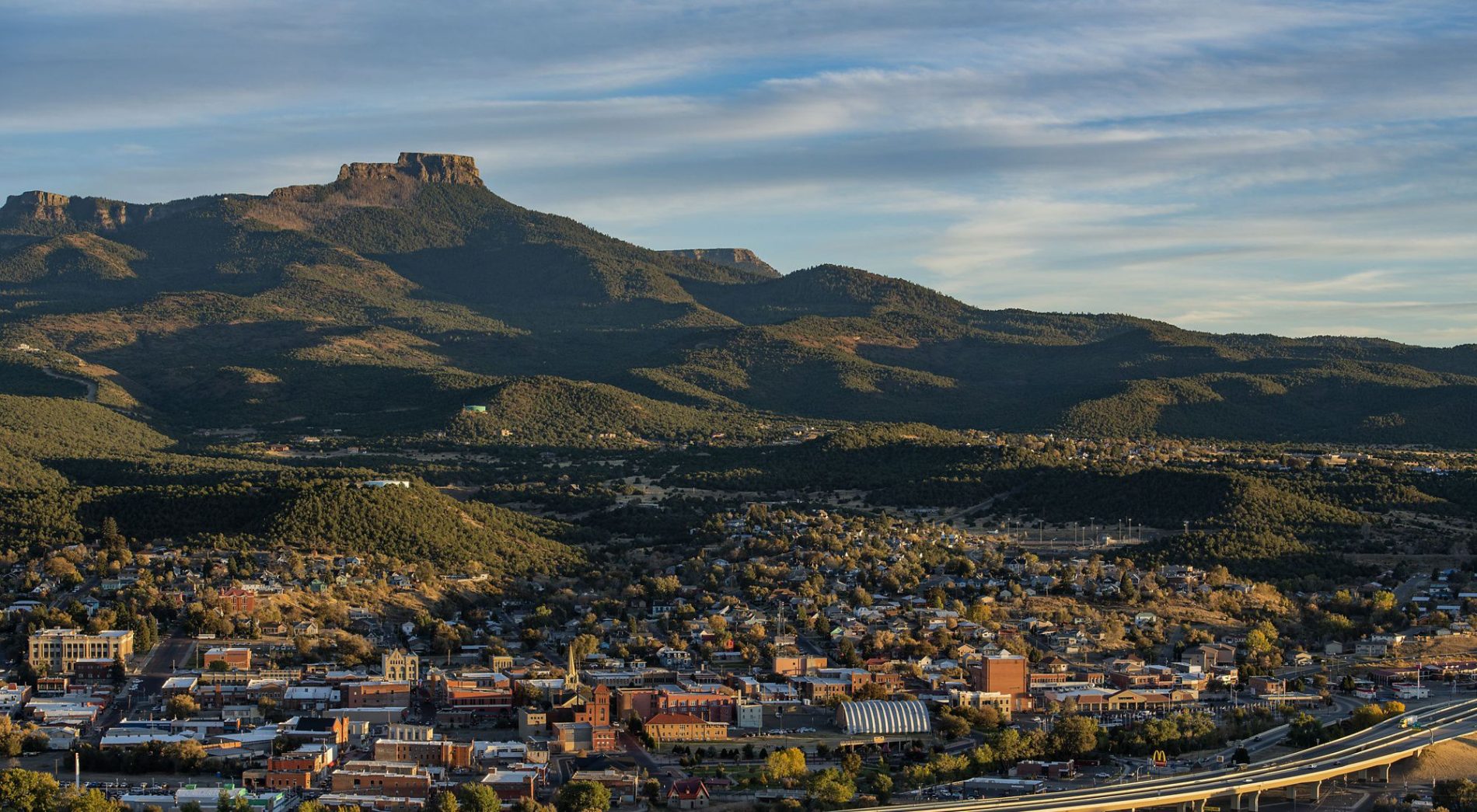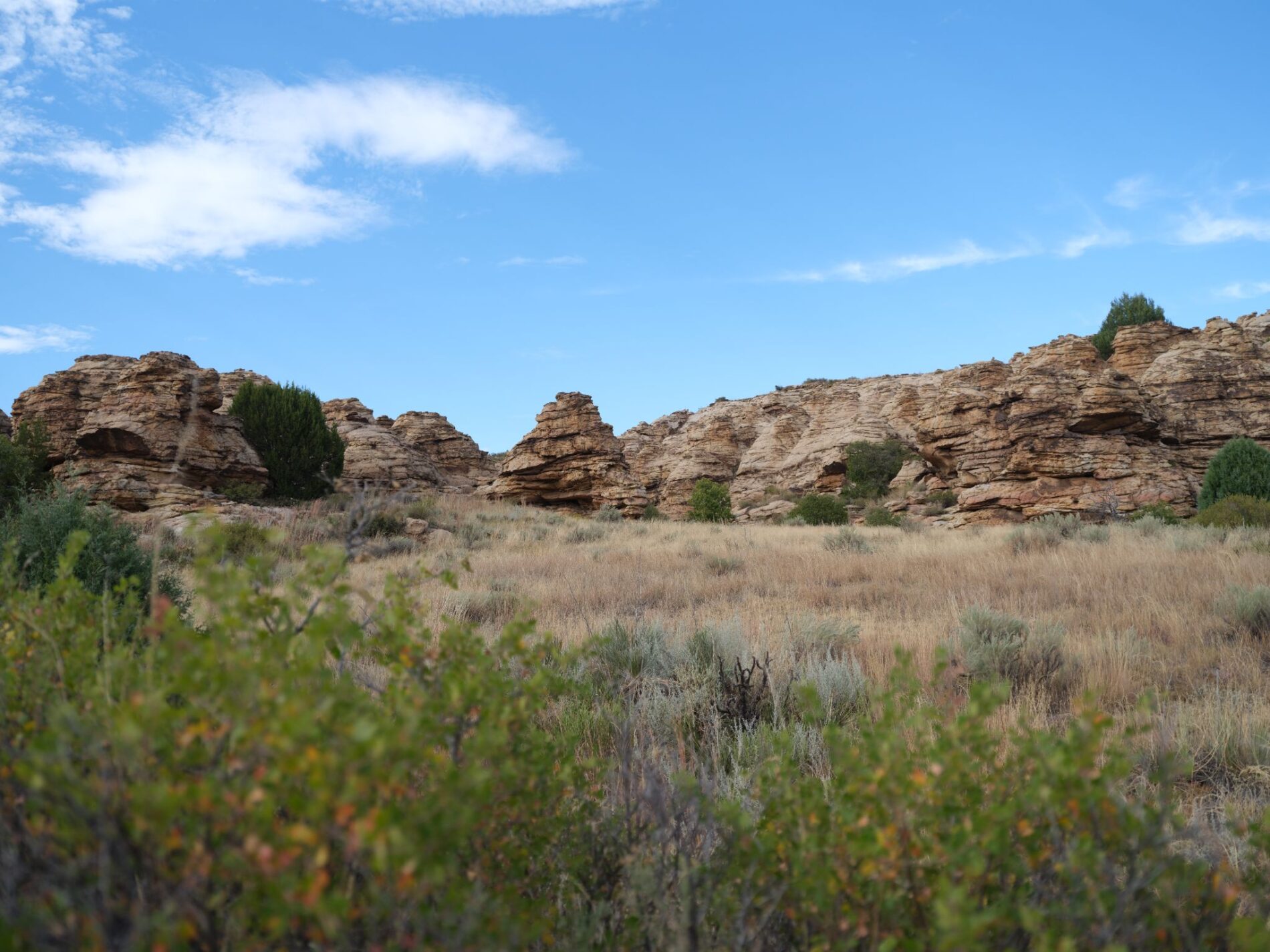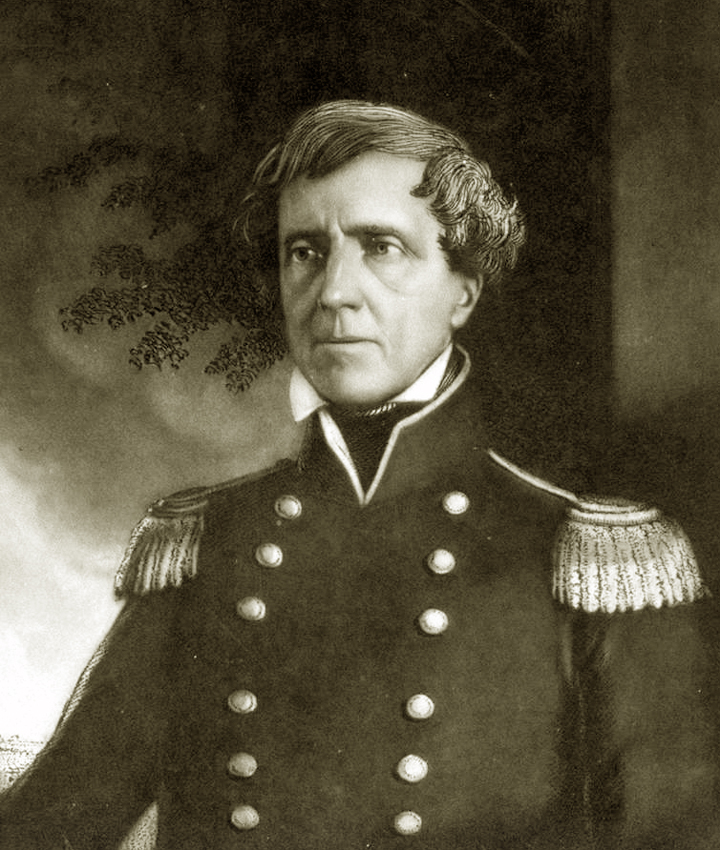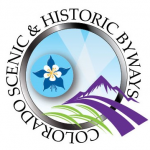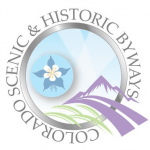
Come & Explore
Canyons & Plains Attractions
Come & Explore
Canyons & Plains Counties
Don't Miss a Beat
Featured Story From Canyons & Plains
-
Sneak Peak! New Canyons & Plains Driving Loop
This blog post offers a sneak preview of the NEW, BEAUTIFUL Canyons & Plains driving loop that is coming soon! Complete details of the driving loop will be shared in the coming weeks… until then, enjoy a sneak peak at the main attractions of the new driving
Stories From Canyons & Plains
Our Latest Featured
Watch & Discover
Our Featured Videos



